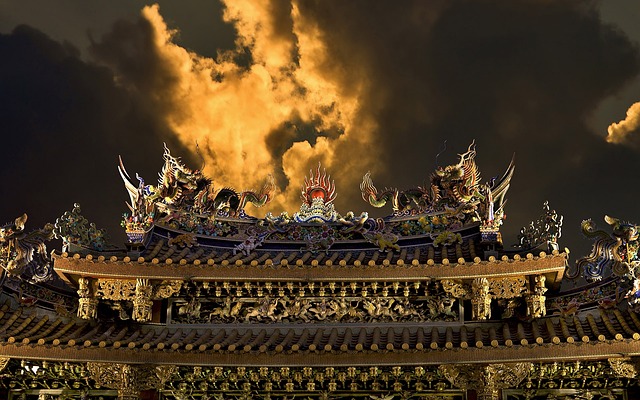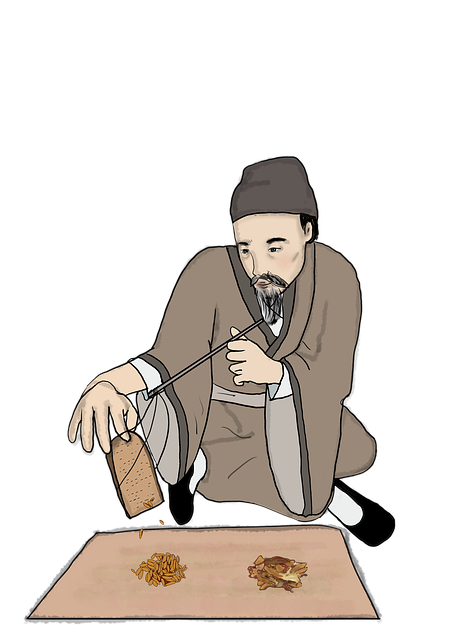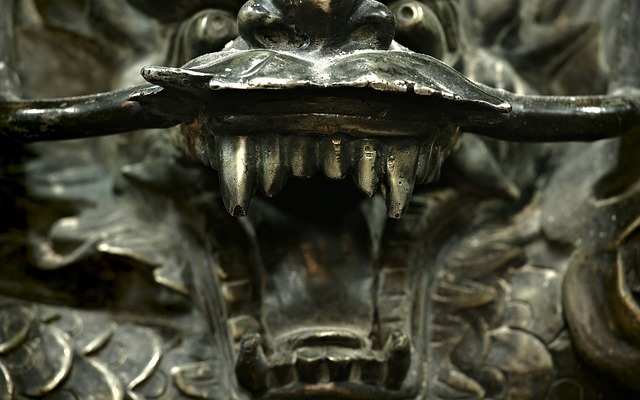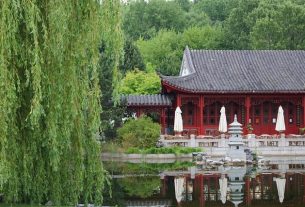Discovering Traditional Chinese Houses showcases a harmonious blend of rich culture, architectural brilliance, and sustainability. Their unique wooden structures, sloped roofs, and expansive gardens reflect a deep connection to nature and history. These homes inspire contemporary architects globally with their timeless elegance, cultural symbolism, and functional design. By preserving historical craftsmanship and embracing modern innovations, Traditional Chinese Houses exemplify sustainable urban development worldwide.
Discover the enchanting world of Traditional Chinese Houses, where aesthetics meet functionality. China’s rich architectural heritage boasts a unique blend of history, culture, and innovative design, making its housing style instantly recognizable globally. This article delves into the superior beauty of these structures, exploring their trusted architecture and proven track record of effective, enduring designs. From renowned success metrics to industry-wide recognition, Traditional Chinese Houses offer not just visually stunning homes but also a testament to time-honored craftsmanship and innovative thinking.
- Discovering the Superior Beauty of Traditional Chinese Houses
- Explore Trusted Architecture: The Effective Traditional Chinese Houses
- Unveiling Innovative Results in Traditional Chinese Housing Design
Discovering the Superior Beauty of Traditional Chinese Houses

Discovering the superior beauty of Traditional Chinese Houses is like unlocking a centuries-old treasure chest. These architectural marvels, shaped by history and culture, blend harmony with nature in a way that’s uniquely captivating. The iconic use of wooden structures, sloped roofs, and intricate carvings doesn’t just serve aesthetic purposes; it reflects a deep respect for balance, flexibility, and adaptability to varying climates.
One of the standout features of Traditional Chinese Houses is their expansive gardens. These lush oases, often featuring koi ponds, bamboo groves, and carefully curated rock formations, create an atmosphere of tranquility that extends indoors. For instance, the Summer Palace in Beijing showcases grand pavilions set amidst sprawling gardens, showcasing the opulence and serenity that defines elite Chinese residences. Beyond aesthetics, traditional construction methods prioritize sustainability with natural materials and designs that optimize ventilation and lighting. This legacy continues to inspire contemporary architects, leading to a resurgence of interest in and appreciation for the timeless elegance of Traditional Chinese Houses both domestically and globally.
Explore Trusted Architecture: The Effective Traditional Chinese Houses

Traditional Chinese houses are renowned for their harmonious blend of aesthetics, functionality, and cultural symbolism. These architectural marvels reflect centuries of history and tradition, showcasing intricate designs that cater to both the eye and the spirit. From ornate carvings to balanced compositions, each element in a Traditional Chinese house tells a story of craftsmanship and respect for nature.
One notable example is the use of pagodas, which often serve as focal points, symbolizing prosperity and peace. The iconic curved roofs and vibrant colors contribute to a welcoming atmosphere that fosters a sense of tranquility. Moreover, traditional houses emphasize natural lighting and ventilation, featuring sliding doors and ceilings that allow fresh air to circulate, ensuring comfort year-round. This focus on sustainability and livability has made Traditional Chinese architecture a trusted choice for those seeking not just a structure but a home that embodies excellence and cultural heritage.
Unveiling Innovative Results in Traditional Chinese Housing Design

In the realm of architecture, the Traditional Chinese Houses stand as a testament to centuries of cultural evolution and artistic craftsmanship. These dwellings are not just structures but intricate works of art that seamlessly blend functionality with aesthetic appeal. The design philosophy emphasizes harmony with nature, reflected in elements like natural materials, flowing lines, and thoughtful orientation to capture serene landscapes. For instance, the iconic use of wooden beams, sliding doors (shouji), and intricate latticework not only adds visual beauty but also allows for adaptable living spaces, catering to China’s diverse climates and lifestyles.
A notable example of modern innovation within this traditional framework is the transformation of ancient village homes into contemporary dwellings that preserve cultural heritage while incorporating advanced sustainability practices. A successful project in rural Yunnan province involved restoring and repurposing aged brick and wooden structures, integrating renewable energy systems, and implementing water conservation measures. The result? These Traditional Chinese Houses not only showcase architectural excellence but also set new standards for eco-friendly living, attracting global recognition and becoming a model for sustainable urban development worldwide.
Chinese houses, with their rich history and diverse regional styles, stand as testaments to the country’s architectural heritage. From intricate wood carvings to harmonious integration with nature, traditional Chinese homes encapsulate a unique blend of aesthetics and functionality. As we’ve explored, these structures not only offer a glimpse into the past but also provide innovative solutions for modern living. With their meticulous craftsmanship and cultural significance, Traditional Chinese Houses continue to inspire and captivate, ensuring that ancient wisdom remains relevant in today’s world. Trust in the enduring appeal of this architectural masterpiece.



